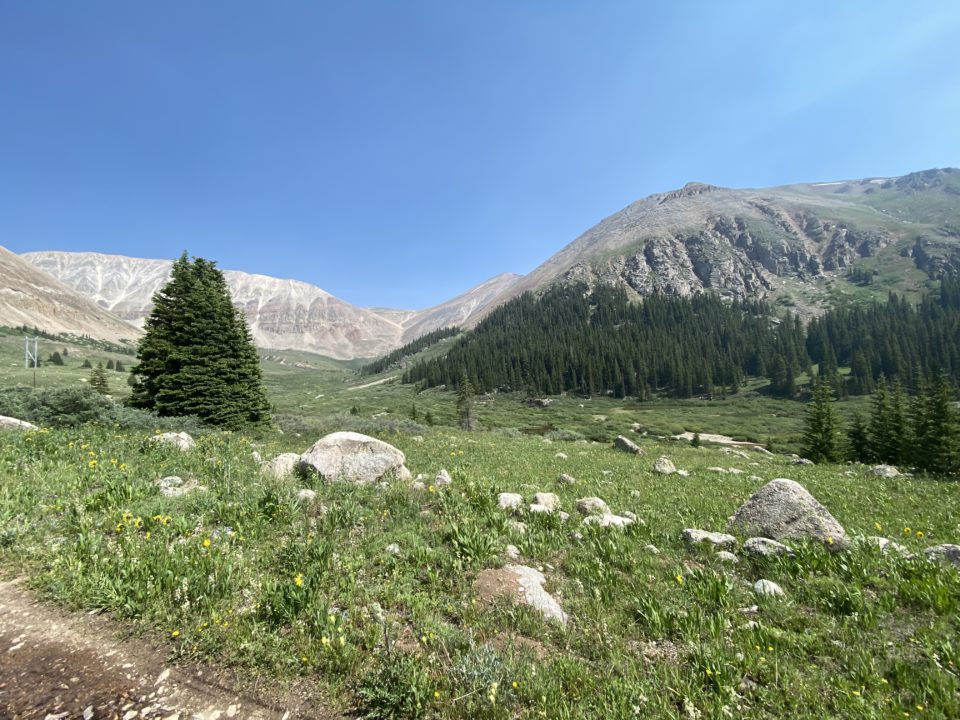Sitting at an elevation of 10,200’, many people experience hypoxia or altitude sickness merely sitting in a chair. Shortness of breath, increased pulse, and low blood oxygenation rates are side-effects of hanging out in the highest elevation city in the United States. This city sit at an insane elevation that is roughly twice as high Denver. To put Leadville Colorado’s intense elevation into perspective, a commercial airliner that detects an altitude equal to this town’s elevation will automatically deploy the masks in the back to help people breathe.
Leadville, Colorado is a gritty and determined mining town. At one time, the gold and silver lined hills surrounding this town boosted the population of this town to the point it was the second most populated town in the State of Colorado. People willing to risk everything threw caution to the wind in pursuit of a better life. A few struck gold and silver, but Inevitably the failures outnumbered the successes. Now, abandoned mines litter the hillside and the town’s population has dwindled to less than 3,000 people.
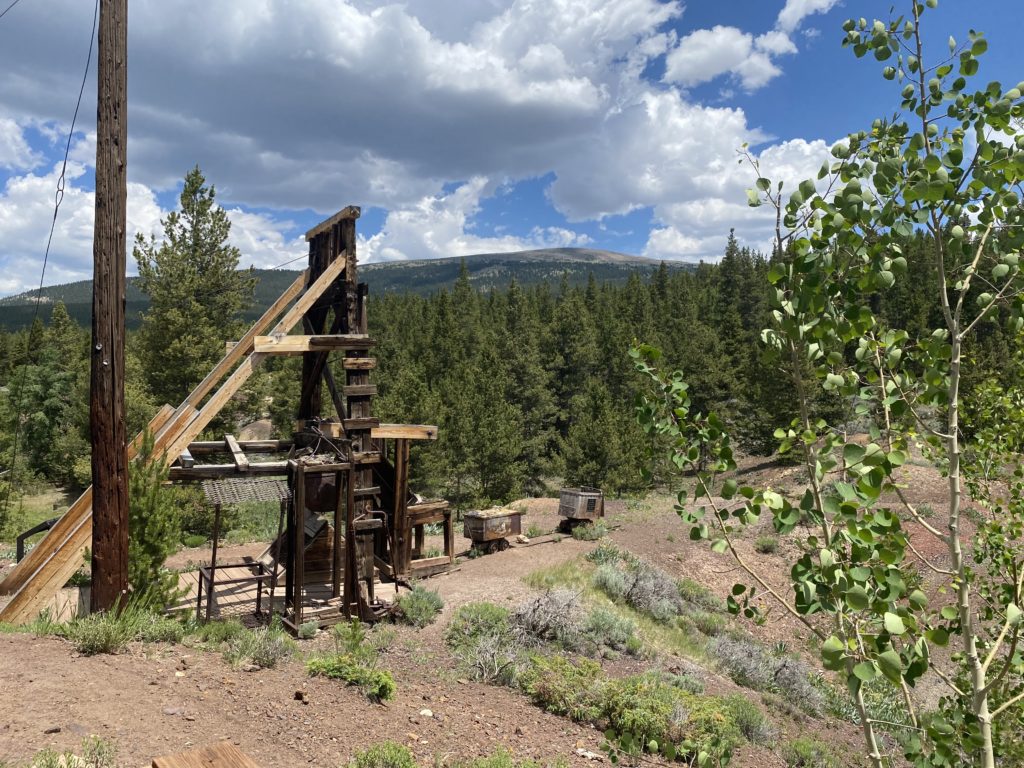
As interesting as Leadville’s past is, I wasn’t there to study history. In a moment of insanity, I had signed up for the most difficult 50-mile run in the United States. While quarantining during COVID-19, I had read a fascinating book about the near superhuman indigenous people group the Tarahumara Indians who ran in the Leadville race series. The book had described this race in detail and I instantly knew I had to do it.
The ‘Race Across The Sky’ as the Leadville race has been dubbed is a pain-inducing, ultra-marathon that follows mountain trails, dry creek beds, and winding roads over the summits of the Rocky Mountains. 10,200’ will be about the lowest elevation of the course – in fact, during the race it will gain an astounding 8,000’+ of elevation.
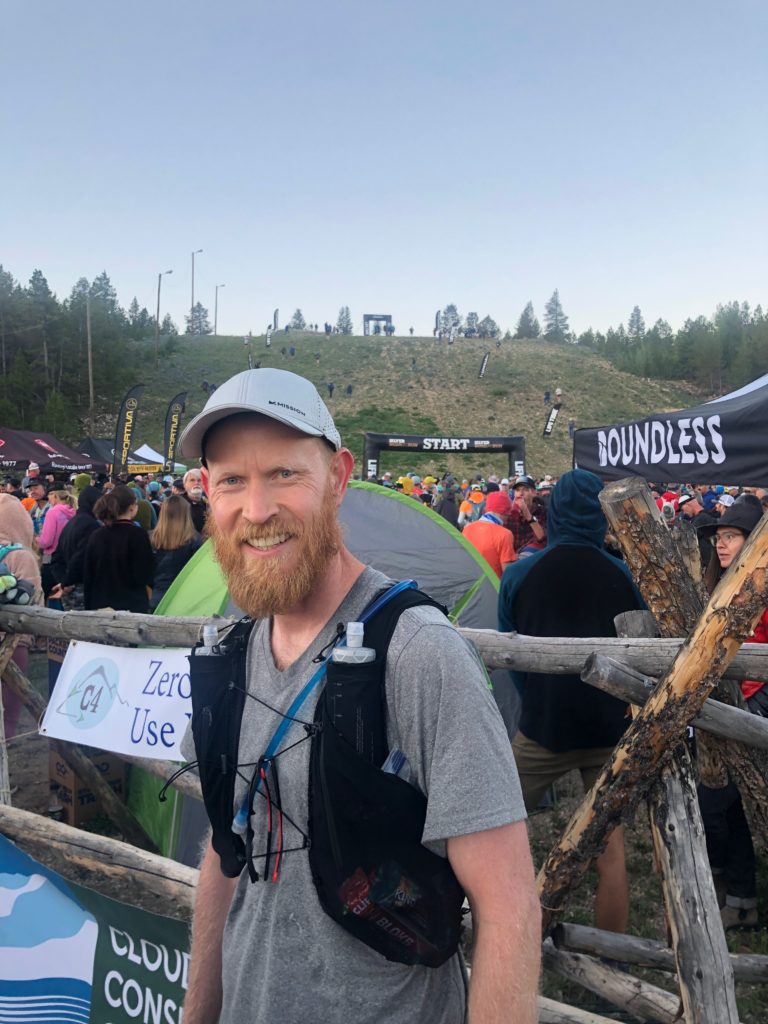
What am I doing up here? As I sit at the starting line, a bit of imposter syndrome sets in. I don’t belong here. I am surrounded by nearly 500 elite athletes and approximately 100 of them are sponsored or professional. It’s too late to check out – my family is here and my friends know I’m racing. However, if I’m honest, I’m scared I won’t finish… or worse. I’m not a professional. I’m a business owner, Dad, husband, Type I diabetic, and many other things, but I am not an elite athlete. I have trained religiously for over a year, but it turns out Nashville sits at less than 600′ above sea level and here I am two miles up.
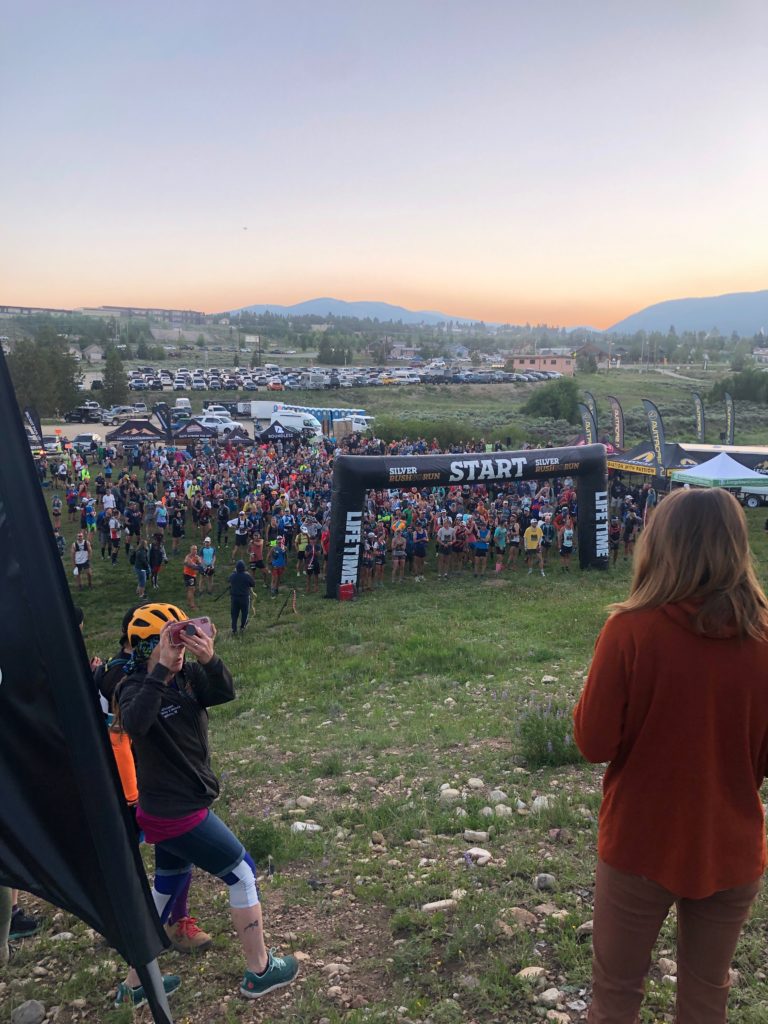
Before I can talk myself out of racing, there is a ceremony followed by a loud shotgun blast marking the start of the race. The race begins at 6:00 am sharp just as the sun is peaking out from behind the surrounding mountains. The start of the race is an intense run up a snow tubing and ski hill named Dutch Henri Hill. As I feel people pushing behind me, I pick up the pace being careful not to trip on a boulder or step in a hole – I don’t need a twisted ankle to start out fifty miles. The crazy incline combined with the elevation has my lungs burning immediately.
To give you an idea of how sadistic the race course is, the run up the hill does not count towards the overall mileage or time. Yup, that’s right – this sprint up a snow tubing hill is just for fun. The official start line is at the top of the hill. As I pass the official start of the race, I see another racer dry-heaving on the side of the course.
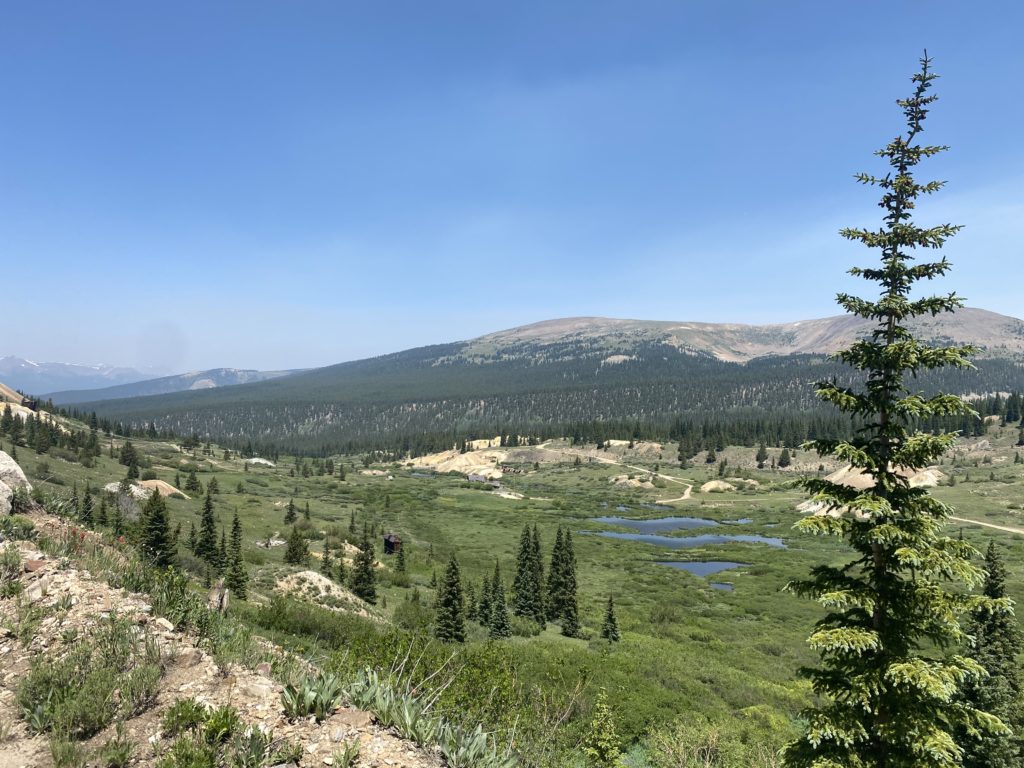
Now, that we are officially underway, I find my stride and rhythm. I’m pacing just fine and the training kicks in. The burning sensation from Dutch Henri hill subsides and the miles start to tick by. The long climbs are rewarded by stunning scenery that is breathtaking. As the feet keep churning, I realize I’m nearing the second aid station at mile 14 where I will get to see my wife and son for the first time (Printer Boy Outbound Station).

The elevation gradients during the race are straight-up insane. Running fifty miles at sea-level without steep gradients would be exponentially easier than this race. Leaving Printer Boy outbound, the halfway point came into focus and became my singular goal. However, the crazy uphill gradients I faced in this section included steep gradients with boulders all over the trail. Finally, while cresting a ridge, I could see the halfway point! Before long, I hit the turn-around point and then had the chance to see Catherine and John Harrison.
Upon reaching the course halfway point, I was feeling great and excited to be pacing well ahead of course cutoff times! Hopefully I wouldn’t need it, but having over two hours of time cushion meant course cutoffs were no longer a concern. At this point, I was pacing well ahead of my minimum goal and I knew my goal of finishing the race could only be stopped by an injury or lack of mental stamina.
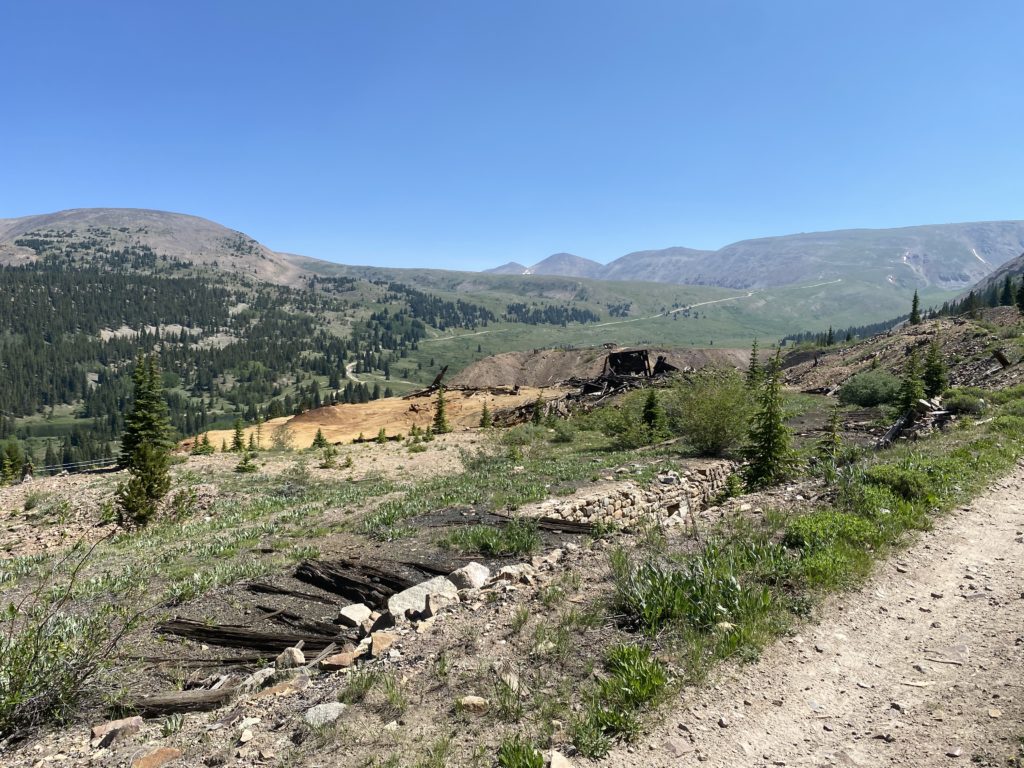
Within a mile of leaving Stumptown, you are met with some steep climbs. You begin the arduous task of retracing the 25 miles you just ran. In the top right of the photo above, you can see a faint trail weaving down the mountains – this is the trail that ultimately has to be run, but has a bunch of ridges, streams, and boulders to cross on the way!
The first 25 miles had felt great! However, between 27 and 30 miles that great feeling was evaporating. By the time I passed the 30 miles mark, any semblance of fun was long-gone. I kept pushing knowing that the 36 mile station was relatively close and I would get to see my family there.
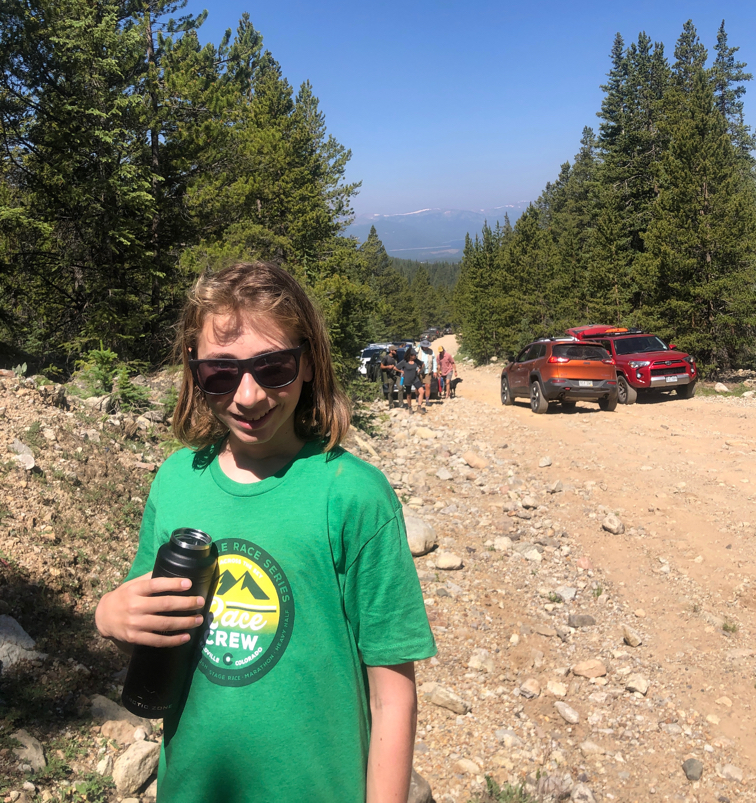
Coming in to the mile Printer Boy inbound aid station (36 miles) I see my wife and son. If they hadn’t been there, I’m not sure I would have finished. However, I wanted John Harrison to know it is important to chase big goals and finish what you start. I was happy to see them, but knew I couldn’t stop for long or I would not finish. They helped me refill my water bottles and I was off with lots of time to spare.
At approximately mile 38, I was in the middle of a beautiful climb with vivid colors all around and a blue sky overhead. However, the scenery is not so captivating while stomach is doing flip-flops and I’m concerned that the nearest restroom is miles away. Within a matter of minutes, I scurry to the trailside and upchuck the electrolytes I have been desperately trying to hold down.
Even as I’m throwing up, I can’t help but stand in awe of the surrounding mountains – this truly is the most beautiful place I have ever thrown up.
Although it doesn’t help in the moment, I know my experience is not unique – I have passed lots of people in the same predicament. Managing nutrition is one of the biggest challenges for any ultra-endurance athlete, but the balance becomes even more delicate for a Type I diabetic.
Even an insanely talented Type I diabetic like Robin Arazon (VP and Head Instructor for Peloton) can have great difficulty managing the balance. My race ‘equipment’ includes an insulin pump, Dexcom CGM, blood glucose meter, and glucose tablets/gels. Early in the race my numbers had gone crazy and there were lots of finger sticks to ensure that delicate balance between hyperglycemia and hypoglycemia was properly balanced. The vomiting I just experienced greatly increased my chance of dehydration and could severely mess up my blood glucose numbers so I force myself to rehydrate and eat electrolyte chews hoping to hold them down.
Before the race, I would have thought that when I reached 38 out of 50 miles I would be almost done. In the moment I try to convince myself of this, but my emotions will have none of that. It may be less than a half-marathon from the finish line, but it feels like 1,000 miles away. I throw up again and wonder if my electrolytes are too out of balance to finish the race. I know how dangerous it can be to push too hard and wonder if I should quit. No one could blame me, right?
At this exact moment, a motivational speech I have heard so many times I have it memorized plays in my ear – “You didn’t come this far to only come this far.” I push forward. Oftentimes, the people who can push that last little bit separate from the rest of the pack. I remember the 95% rule and think about how that applies to so many areas of life.
The race has an elite planning committee and superstar volunteers and I benefit from this at each aid station. The volunteers anticipate your exact needs and get you in and out in a matter of minutes. This last aid station is no exception – the volunteers instinctively know the nutritional needs of runners and hand us exactly what we need. They handed me potato chips knowing that the salt was what I needed and the bland taste would be doable. They handed the guy I was running with a coke. Another person in dire need of fluids was pulled aside and encouraged to stop for a while.
Leaving the last aid station, each painful step brought me closer to the finish line and the final miles start to tick by. Honestly, most of these last miles are a bit of blurry. I do remember the intense feeling in my quads – they were burning so bad by this point I found myself preferring uphill over downhill. Mercifully, the gradients were manageable for the last ten miles or so.
The highlight of a 50-mile off-road run is definitely my son waiting for me near the finish line. I’m in pain, but seeing him and the finish line instantly re-energizes me. He high-fives me and falls in step with me. We descend a steep hill together and the euphoria of the moment is incredible. There is a red carpet in front of me and I cross the finish line with my arm around my son as an announcer calls my name of a loudspeaker.

I am not an elite athlete, but I do have discipline, perseverance, grit, and determination. It turns out, these things are enough. Before we even left the finish line, I found myself plotting ways to improve my finish time next year. However, within 30 minutes these thoughts had faded and I clocked out for a 12 hour nights sleep.


